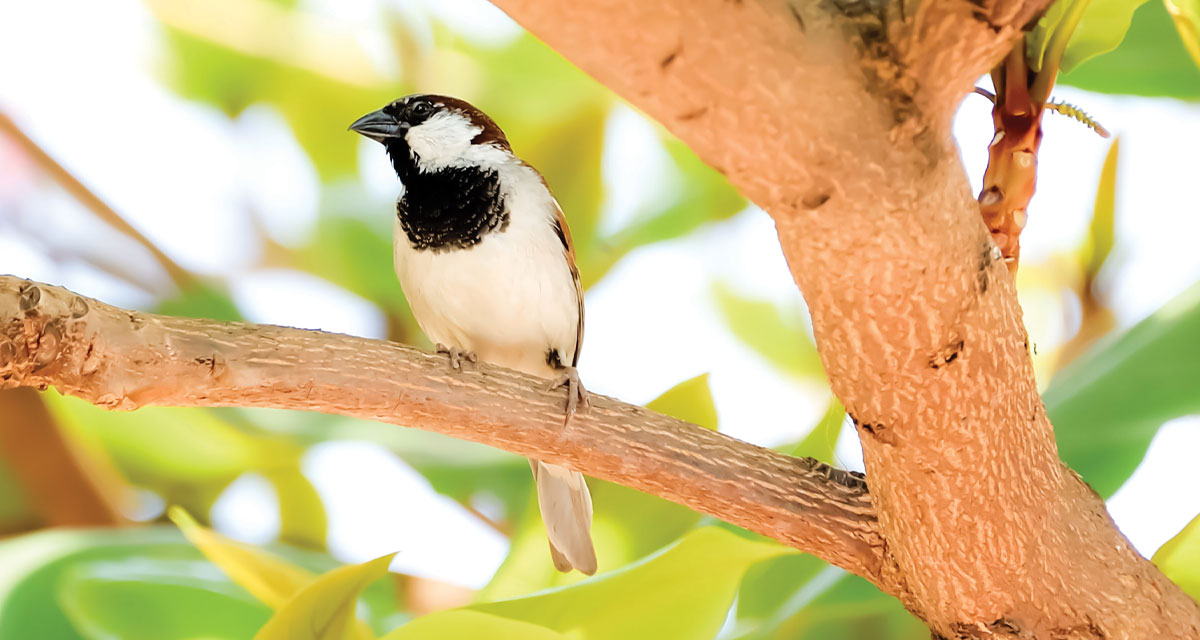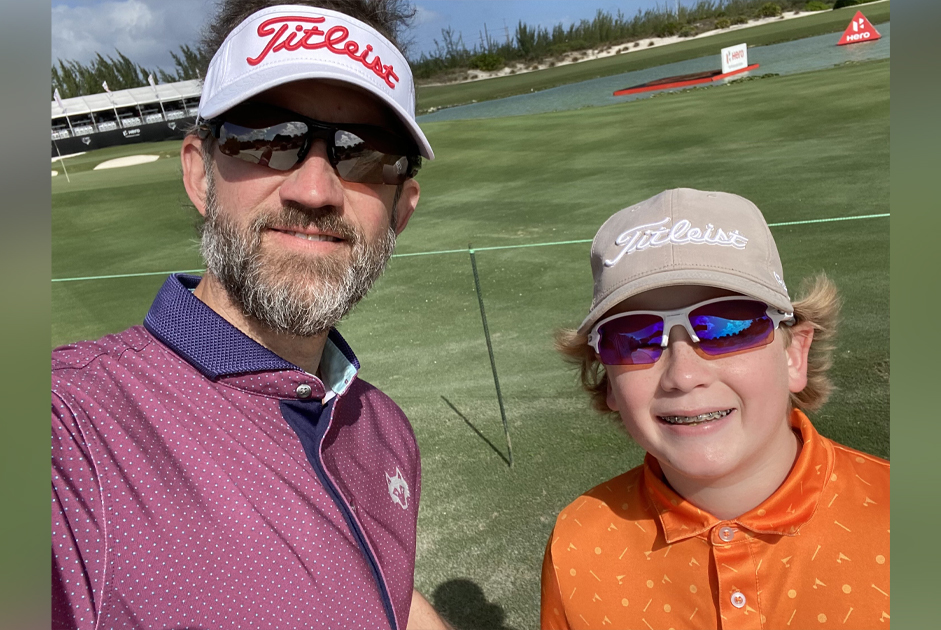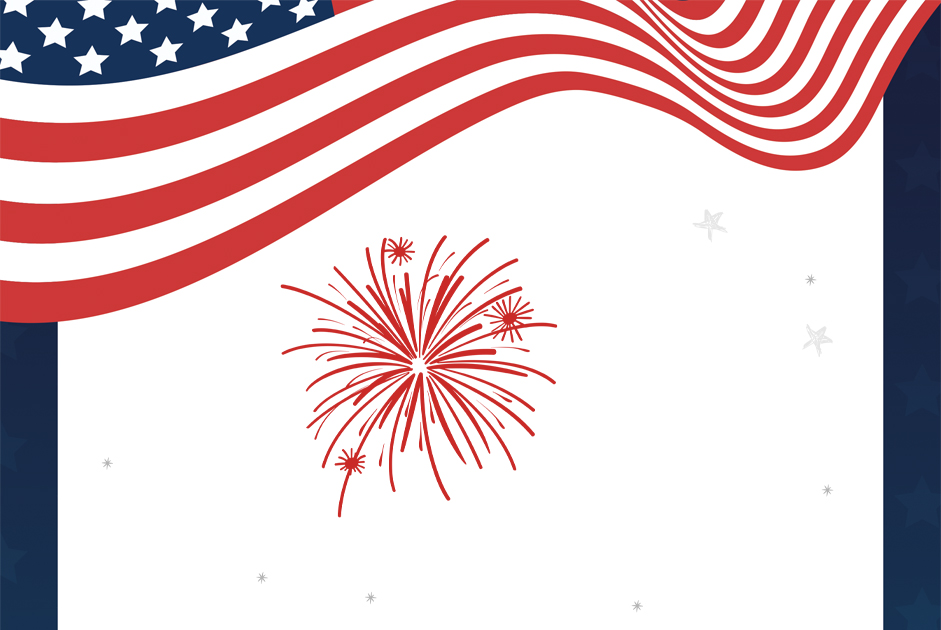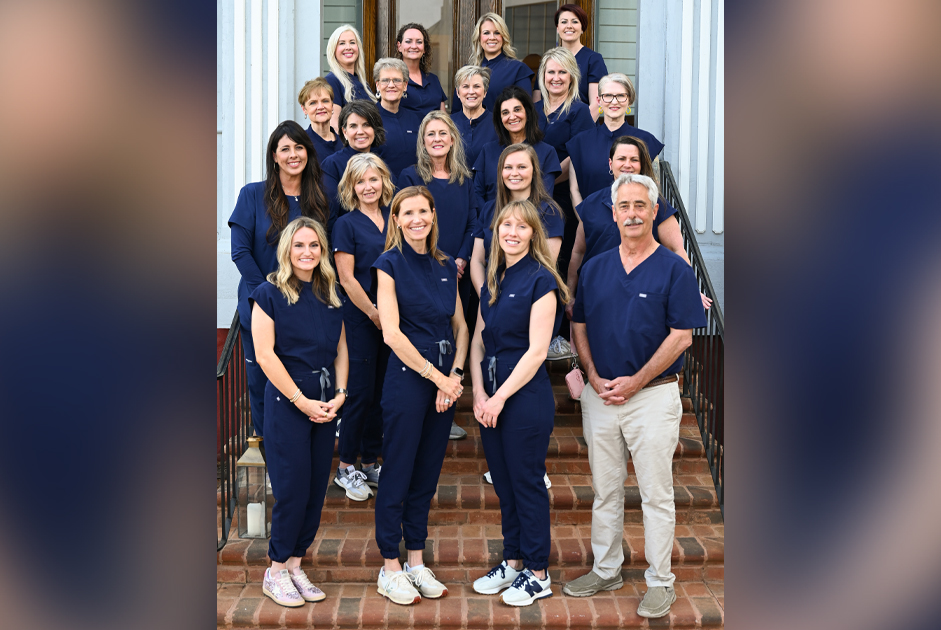The diversity of North Carolina’s three sub-biomes, namely the coastal plains, Piedmont, and the mountains, reveals varieties of forest and non-forest ecosystems. Based on our consistent levels of precipitation and four distinct seasons, we live in the biome of a temperate deciduous forest. It’s no wonder our climate attracts diverse species of colorful birds and smaller mammals, as well as dangerous creatures, from the rattlesnake to the southern black widow spider. In the mountain regions, outside Winston-Salem, live black bears, bobcats, and coyote. And, perhaps the cougar is not extinct, but resurging in numbers. Unless searching for specific names of birds, insects, aquatic vertebrae, and mammals in the Piedmont Triad, you’ll not be aware of the creatures that no longer fly, swim, or walk here. In calling all defenders of wildlife, it’s essential to know why our ecosystem is on the verge of losing the Henslow sparrow.
Preferences
Not all birds perch in limbs high above the ground and flit from one spot to the next. A bird that is distinguishable by its flat head, brown-streaked breast, and short tail engages in a unique foraging habit. Male and females enjoy running through grassy fields to feast on insects, such as grasshoppers and beetles, stink bugs, small wasps, snails and spiders. Only when confronted by a predator will the small sparrow choose to expand its eight-inch wingspan and fly. An inconspicuous songbird spanning only four to five inches in length, it is a rare gift to spot the Henslow; yet, if camping in an area of saplings, you may hear a short hiccup call, sounding similar to the word, “si-lick” from dusk through to dawn.
North Carolina a Prairie?
It is difficult to imagine the Piedmont Triad once had areas where tall native grasses swayed in the breezes, reaching shoulder height, with thriving streams and ponds. Dating back 100-years, little bluestem, Indian grass, prairie anemone, and larkspur grew. Forests were narrow and full of young saplings. It was a time when species like the Henslow sparrow could locate breeding areas and plenty of food sources. Then in an ideal setting of flowering plants, pollinators, and wildlife, like the Bobwhite quail, human population increases altered open areas to make room for subdivisions and commercial properties.
Conservation Projects Underway
Today, there are acres of prairie ecosystems in Raleigh, Durham, and Charlotte to help visitors, junior scientists, and all defenders of wildlife understand the need for a natural landscape. The prairies of open, sun-drenched grasslands may return. The Piedmont Prairie Partnership, alongside non-profit, state, and federal agencies are openly talking about bringing back our reserves. Our fear of losing more wildlife, such as the Henslow sparrow, will take a collective effort to alleviate, which includes you!
Aiding the Henslow Sparrow Populations
A walk through a natural habitat, such as a thriving prairie, forest, stream, or pond allows you to see firsthand how plants and animals adapt. Although not as spacious as a natural reserve, there are forms of ecosystems we can create by planting native trees and wildflower plots. Ornamental grasses add contrast to a perennial bed. Consider planting switchgrass, pampas, pink Muhly, Maiden Grass, little bluestem, Sapphire blue oat grass, and silver feather grass.
The term “natural” contrasts with the mindset of wanting a perfectly manicured lawn and trimmed edges; yet, “wild” can also exist to welcome a variety of songbirds, insects, and mammals. Once established, you can start to sit back and enjoy the wildlife arriving at your landscape. Do not forget to add two of the essential needs, shelters and water!
Next Month: The Sharp-nosed Darter




















